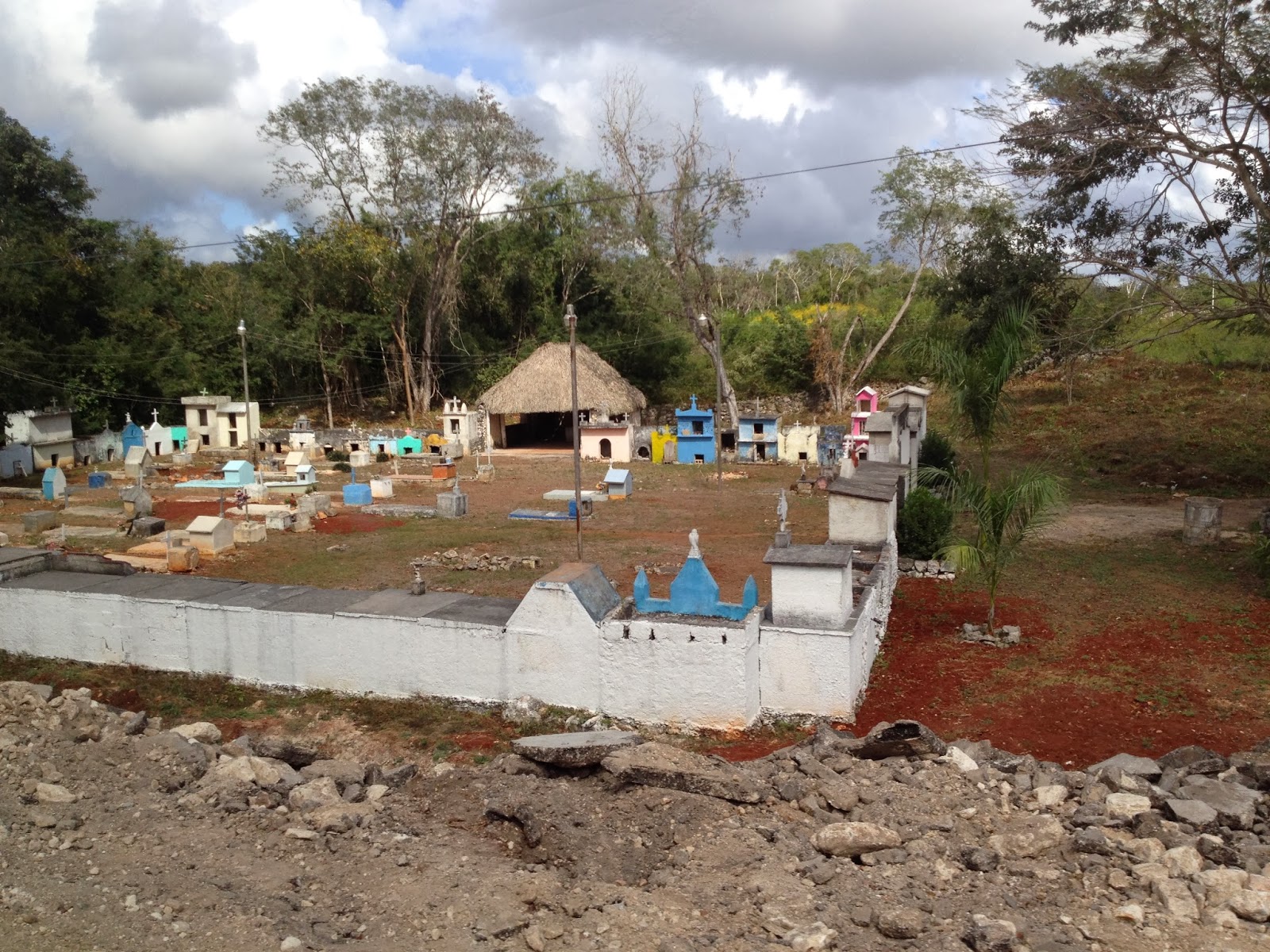Chichen Itza, seventh wonder of the world. Home of the Maya that worshiped the snake, or "Can." Incidentally we learned today Cancun means "snake's nest" in Mayan.


We first stopped at Ik Kil the largest cenote or sink hole in the Yukatan. We were given the opportunity to swim in it but the hotel had not indicated swimming suits were needed on this trip so we just watched. Loren said that with the depth of the pool he might have had a hard time swimming in any case. Our guide said it is 50 meters deep.
The water looked black, belying I believe the depth of the water. It was beautiful never the less. There was a whole little flock of small birds like mud swallows flying around and around inside of the cenote. One of the women in our group said she was afraid of going near what she believed would be bad energy from the many sacrifices that had been dumped into the cenote over the centuries.
Ten years has changed Chichen Itza, according to Loren. He said before they were able to get there and the amount of tourists was relatively small. Guests could climb and go into the temples as well as explore to their heart's content. However now there are fences cordoning off the ruins from the many hundreds of visitors that show up every day. Loren suspects the company that runs Xcaret acquired the right to maintain the land the ruins are on and therefore have not only developed the drop off entrance for the tour groups but maintain the land and in order to be able to funnel loads more visitors to the site.


This also shows the captain of one team have decapitated his rival opponent. Aparently the game is representative of the cycle between this world and the "underground world."in the story a god gets decapitated, so I believe that is the significance of the depicted decapitation.


Mily told me these places always have an energy about them. I would guess that energy would change based on the occupants of the land. Loren talked about how he feels like the Spaniards came at a good time. To come at the decline of a large civilization and end the amount of human suffering. I find it an interesting juxta position of two cultures the Maya and the Spanish. The people here seem to be proud of both.

















No comments:
Post a Comment